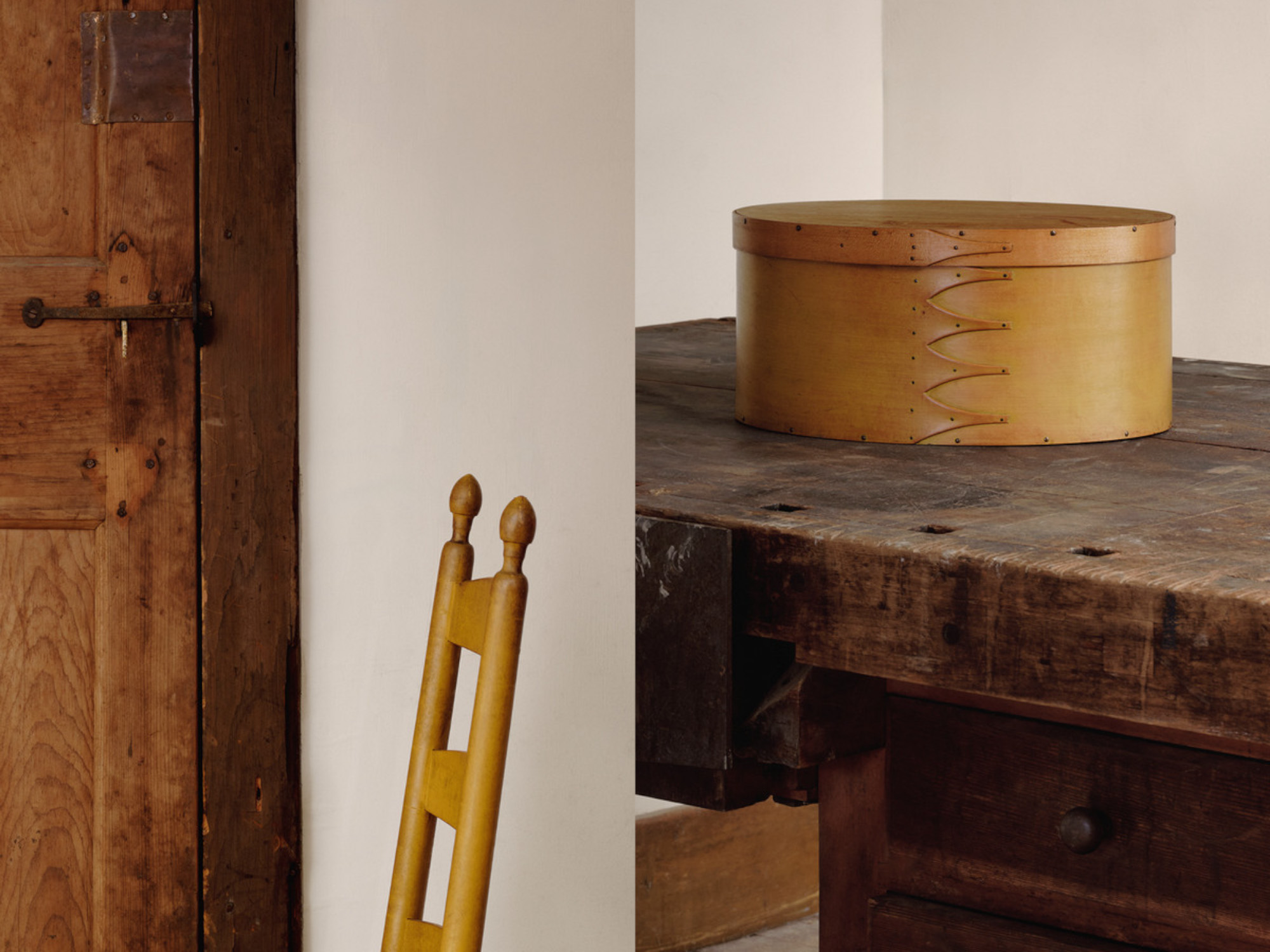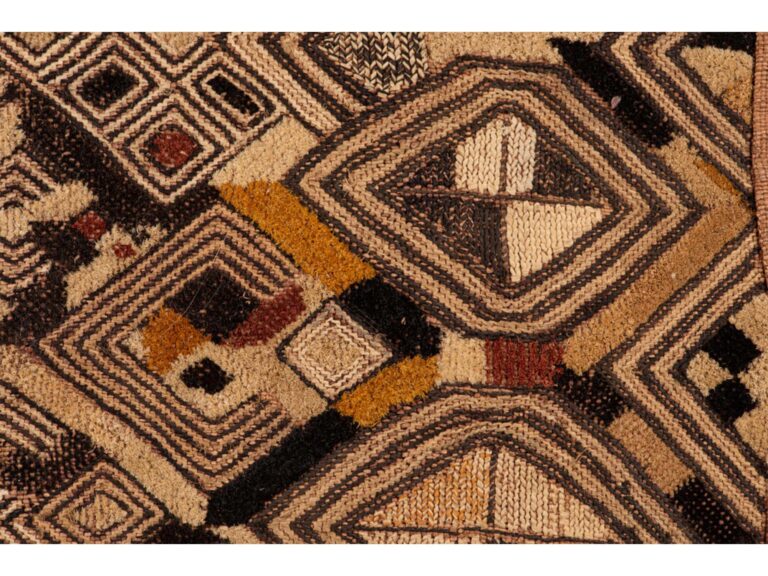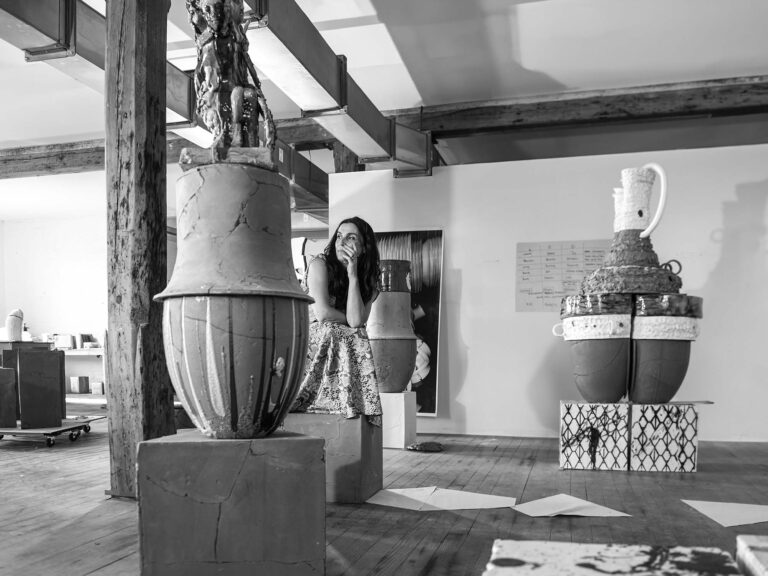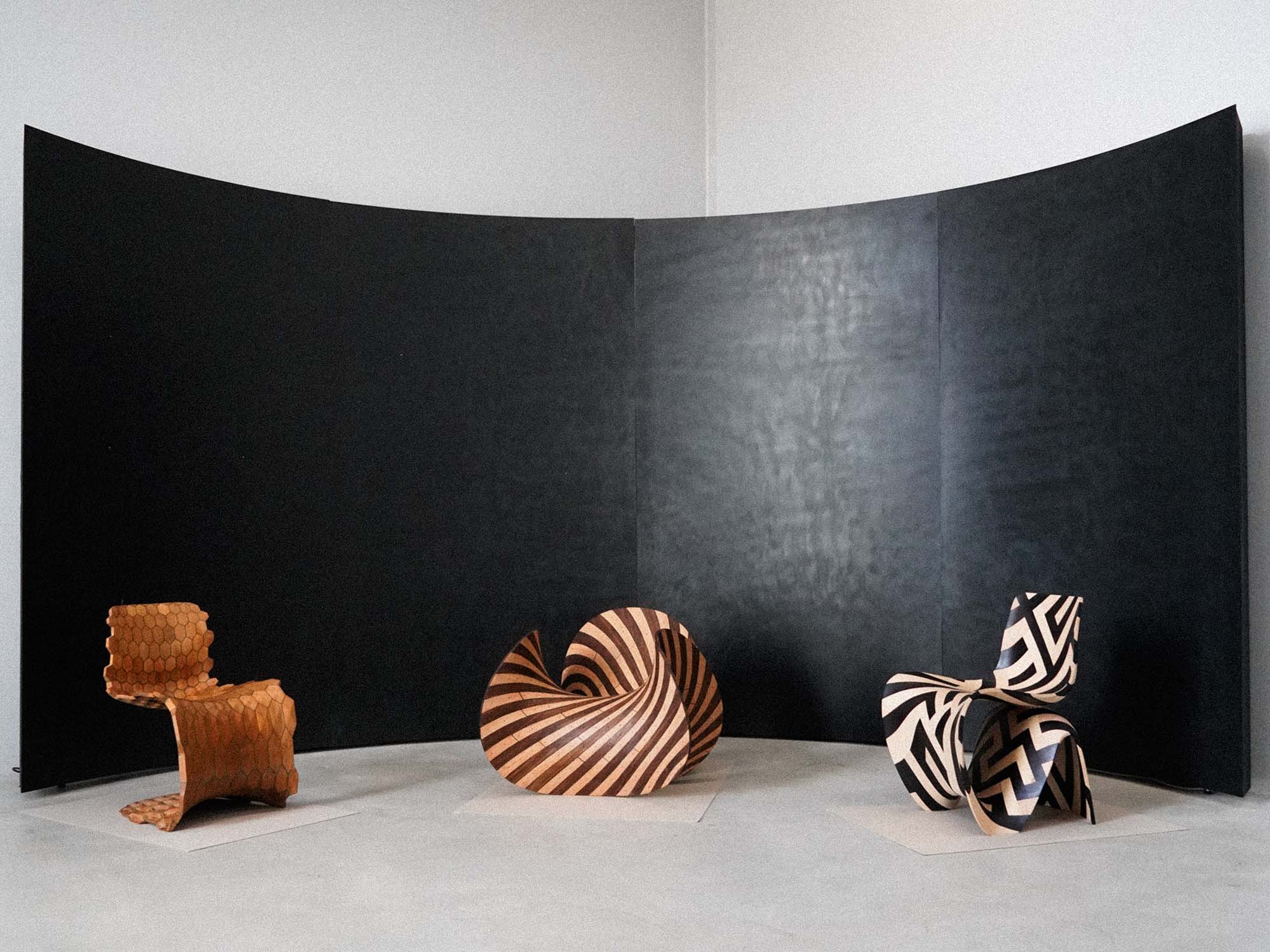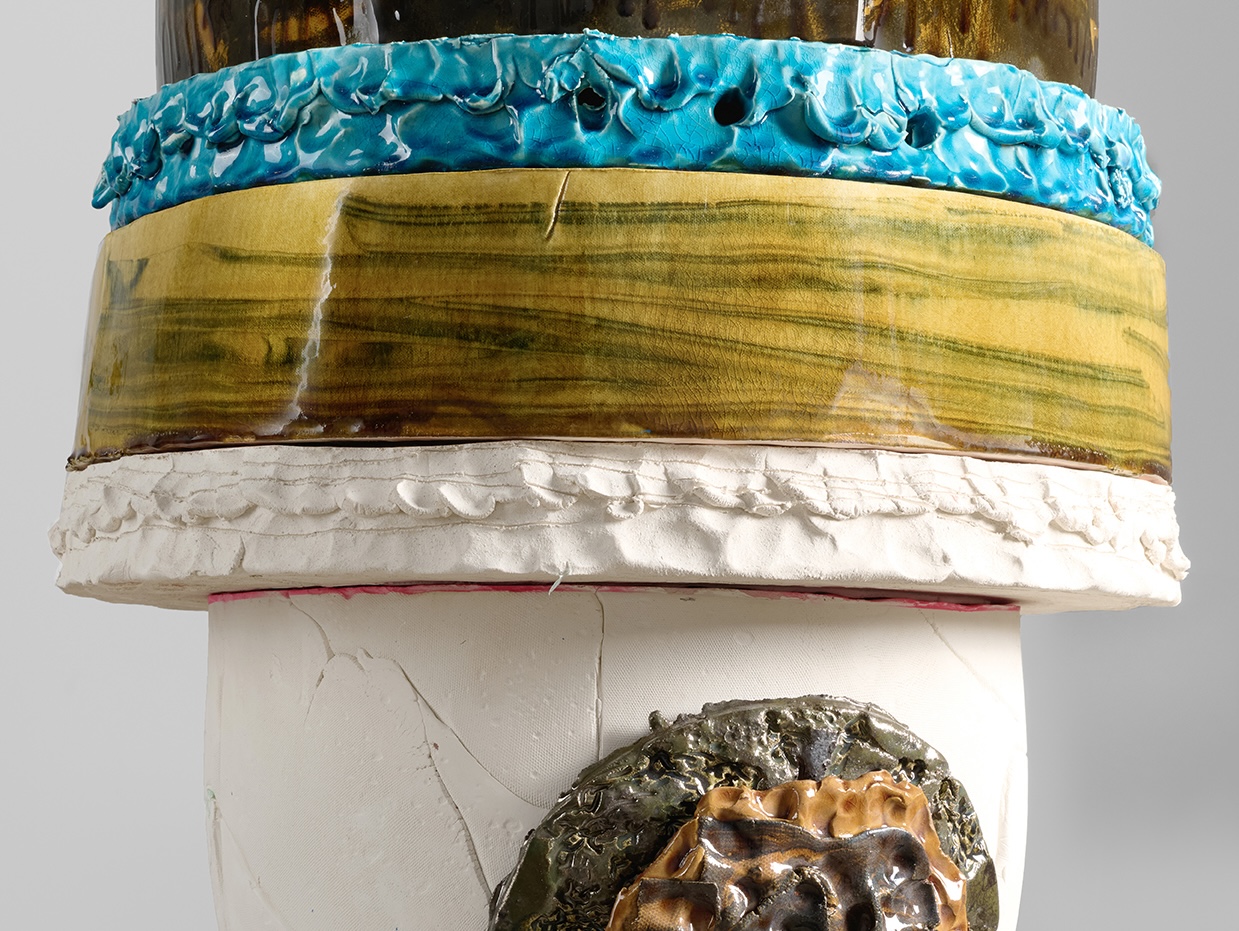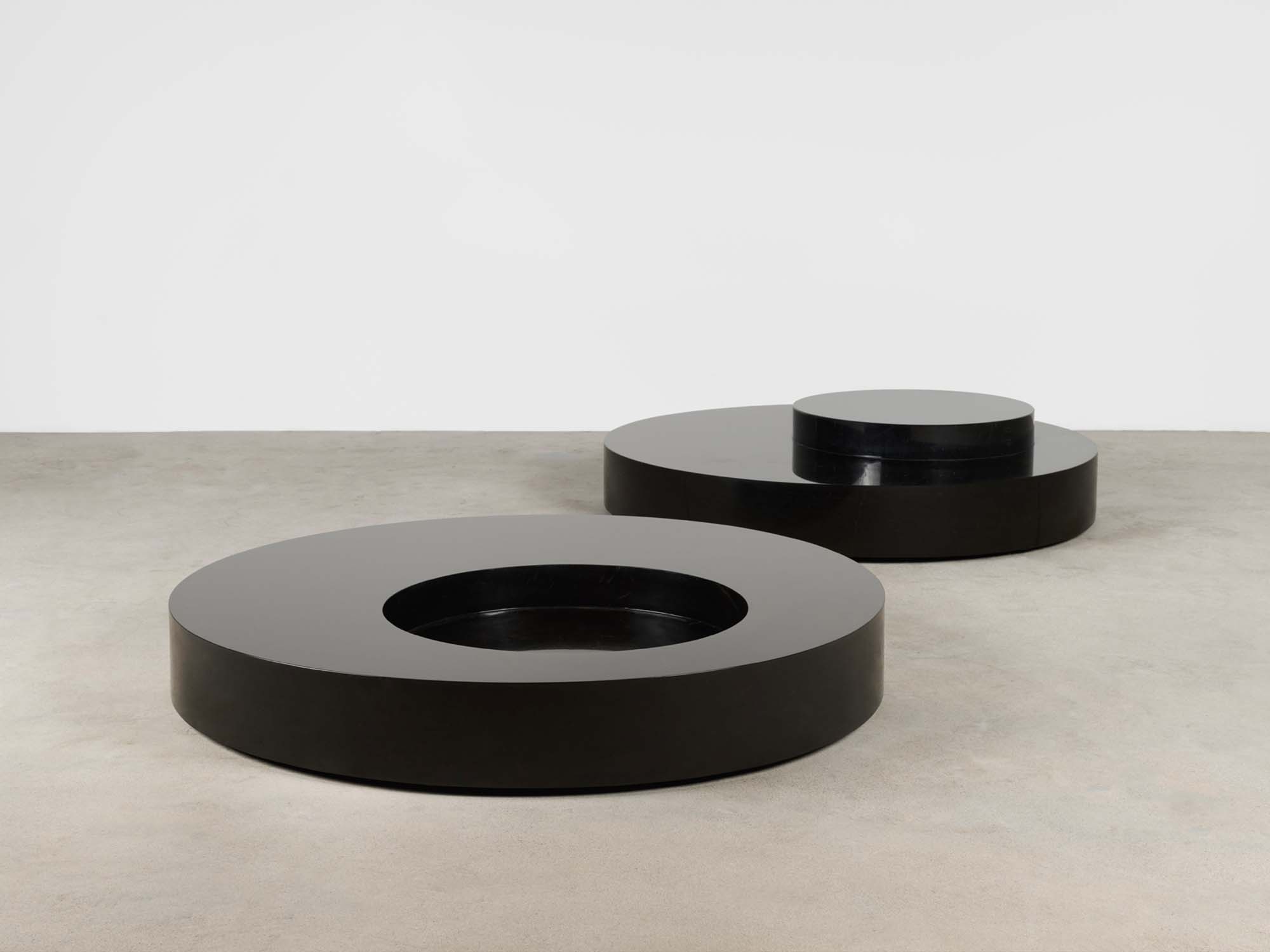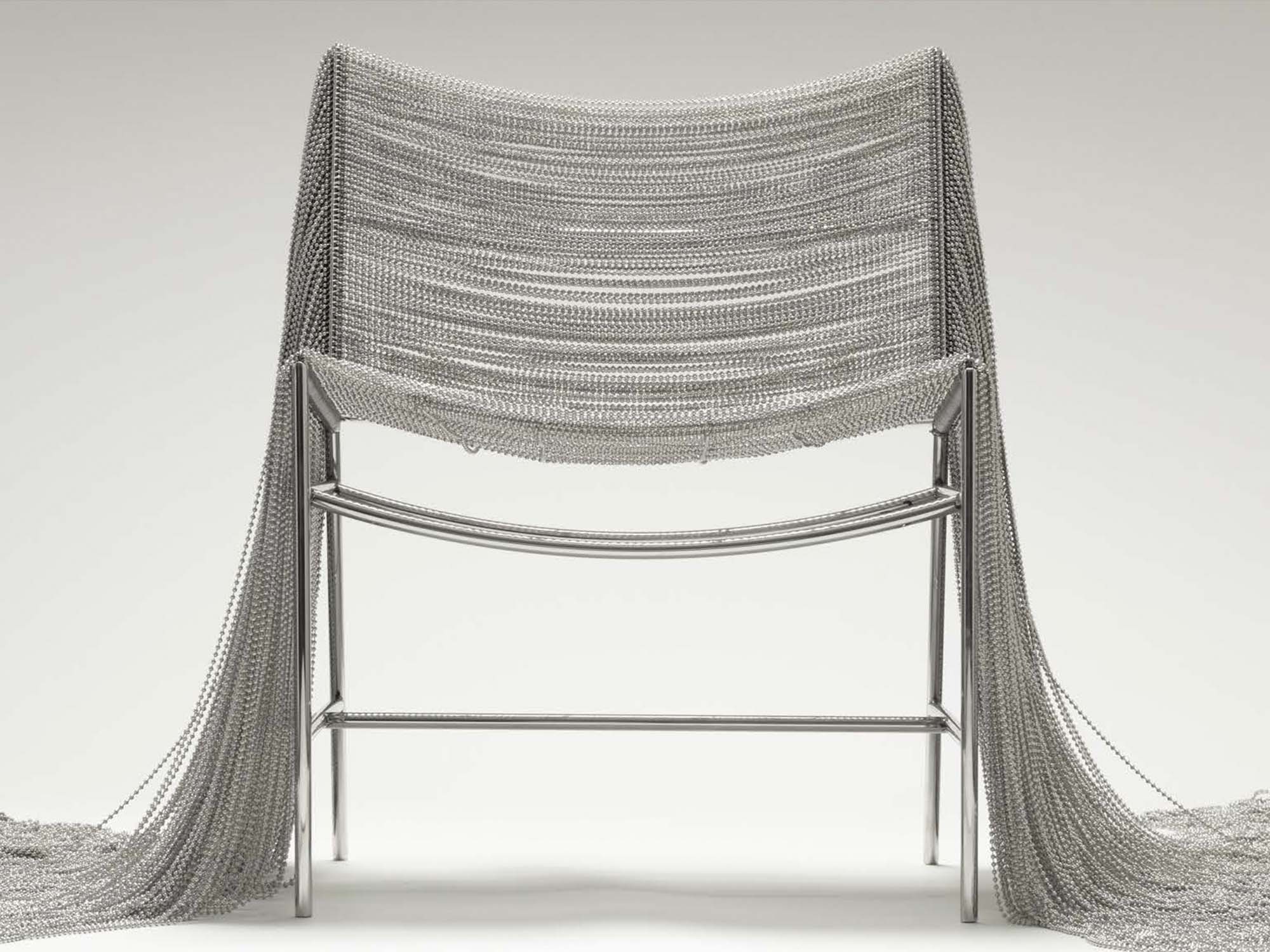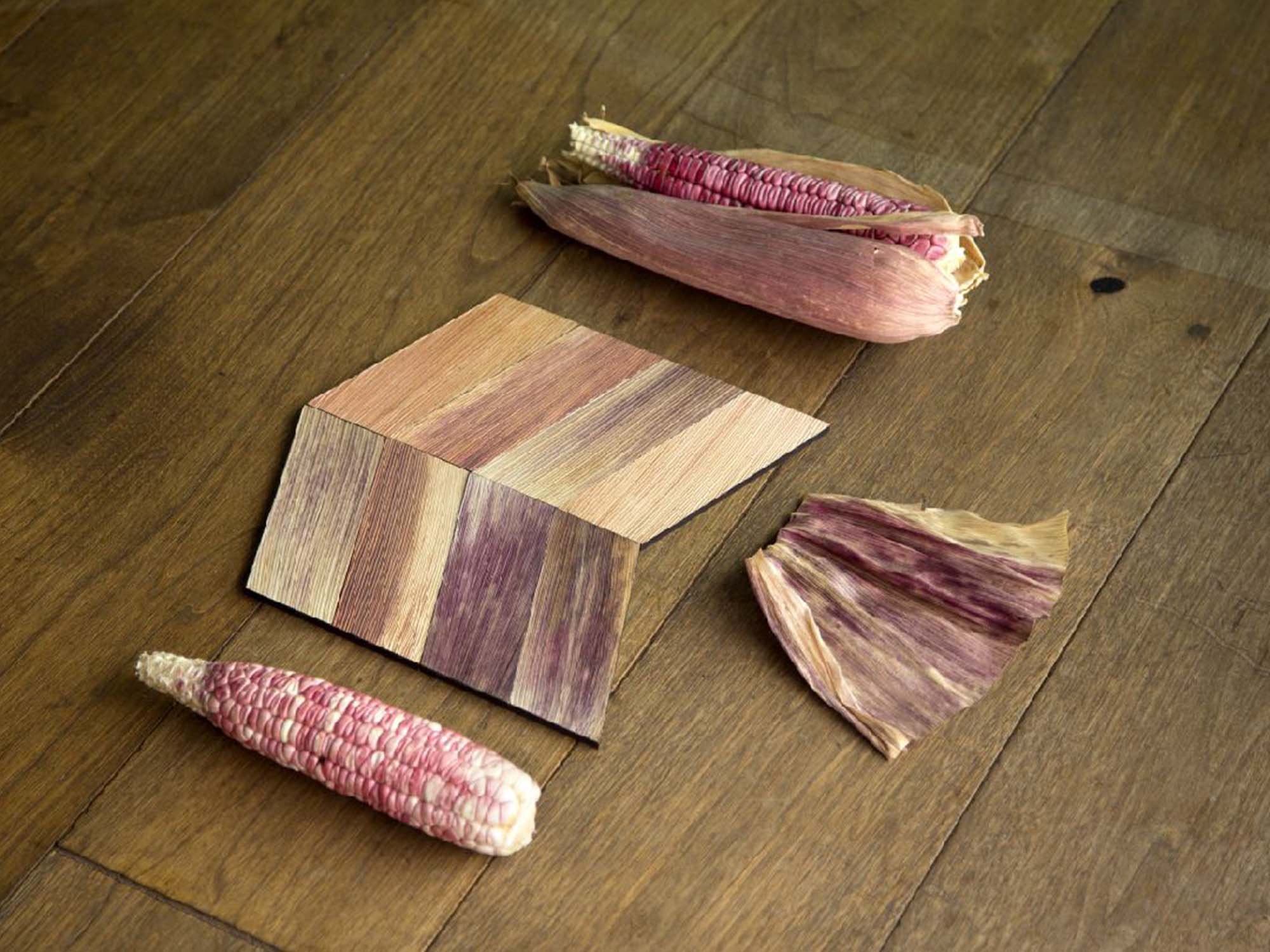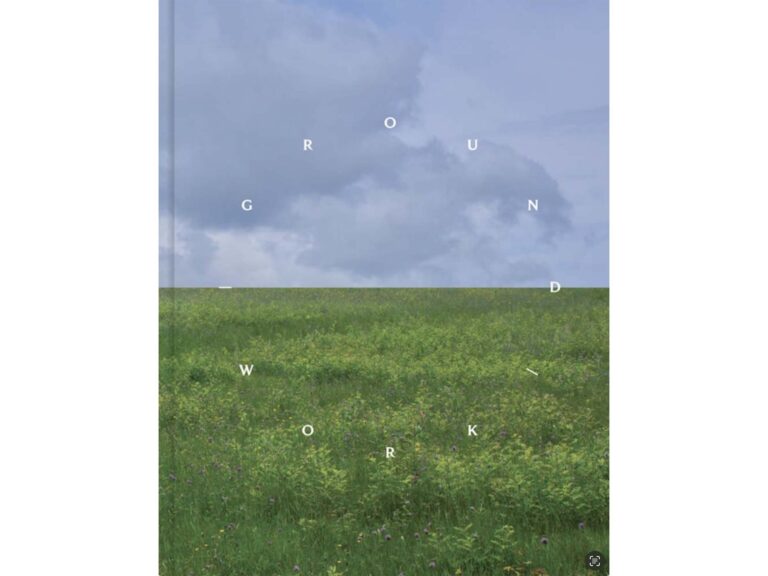An exhibition organized by the Vitra Design Museum, the Milwaukee Art Museum, the Institute of Contemporary Art Philadelphia, and the Wüstenrot Foundation in collaboration with Shaker Museum.
How did an 18th-century American free church inspire generations of artists, architects and designers around the world? The Shakers were a religious group for whom design and architecture were an expression of beliefs surrounding community, labour and social equality. The new exhibition The Shakers: A World in the Making examines how this resulted in meticulously crafted furniture and vernacular architecture that continue to resonate centuries later. Bringing together a wide range of Shaker furniture, architectural elements, tools and commercial goods, paired with newly commissioned works by contemporary artists and designers, The Shakers: A World in the Making reveals the complex social, material and spiritual context that created the Shaker style, and what possibilities its values offer today.
Founded in England in the late 18th century, the Shakers emigrated to the American colonies in 1774 where they established eighteen distinct communities, from Kentucky to Maine. Within these communities, the Shakers created furniture, domestic objects and architecture that were soon hailed for their radical simplicity, as well as their innovative use of standardization and serial production. The group’s contributions to design and architecture are still celebrated today but often interpreted purely in terms of their aesthetic. Instead, The Shakers: A World in the Making explores how Shaker design was deeply rooted in the Shakers’ religious practice of worship and labour. Designed by Milan-based studio Formafantasma, the exhibition brings together more than 150 original objects, most of which have been loaned from the world-leading collection of Shaker Museum in Chatham, New York.
In addition to historic works, the exhibition also includes new research and commissions from seven international contemporary designers and artists. These commissioned works engage the Shaker artifacts in dialogue, with each artist approaching the Shakers and their material culture from a unique and personal perspective – a link between past and present that allows visitors to forge new connections with one of history’s most compelling experiments in alternative communal living. Through this mixture of contemporary and historical material, the exhibition explores the enduring resonances of the Shakers in the 21st century, including topics such as gender, inclusion and sustainability. The Shakers: A World in the Making challenges the conventional narratives that surround Shaker design and instead grounds it within the broader contexts that shaped it.
The exhibition is structured through four thematic sections, all of which are named after quotes from members of the Shaker community. The first, The Place Just Right, provides an introduction to the world view and social structures that defined Shaker life. Historic and contemporary photography of Shaker architecture is paired with objects such as a shaker dwelling staircase and a four-meter-long bench to reveal the material realities of their communal and sex-segregated, celibate living. Meanwhile, a radio from the Canterbury Shaker community shows how the group welcomed external innovations and technologies, despite their retreat from secular society. This emphasis on sound is carried through to objects that examine the most famous outward expression of Shaker belief: the worshipful dance for which they gained the nickname of Shakers. A metronome, piano-violin, and hymn book all examine Shaker music and dance, which is a theme continued in a video compilation of POWER, a dance piece from artist and choreographer Reggie Wilson that considers the legacy of Shaker dance, and its overlap with African-American dance practices and music traditions.
The second space, When We Find a Good Thing, We Stick To It, focuses on the material culture of Shaker communities, revealing how their religious beliefs forged the »Shaker style« that remains influential to this day. Garments and furniture such as cabinets, chests of drawers and sewing desks highlight the community’s instinct towards order and structure, as codified in their 1821 and 1845 Millennial Laws. Many of these same forces are apparent in a selection of the community’s chairs, which are noteworthy for their standardization, utility and scope for customization. The relationship between the Shakers’ drive towards codification, and its potential to nevertheless allow for individual interpretation, evolution and even religious heresy, is explored in a commission from contemporary artist Kameelah Janan Rasheed – a series of abstracted glyphs that draw on the 19th-century writings of Mother Rebecca Cox Jackson, a Black Shaker Eldress and founder of the only Shaker community established within a city.
Every Force Evolves a Form, the third section of the exhibition, examines the seemingly paradoxical interplay between the Shakers’ ambitions to create an insulated society and a design ethos welcoming of change, innovation and commerce. Shaker household goods, such as their highly optimized oval boxes and fancy goods, were manufactured and sold to support their communities. The space also includes a display of innovative Shaker brooms, work benches and rudimentary power tools that highlight the community’s openness to new technologies. The Shakers’ unique place in the transition from traditional crafts to modern design is reflected in a commission from designer and artist Christien Meindertsma. An admirer of Shaker crafts, Meindertsma has reinterpreted their basketry tradition as a contemporary prototype for a biodegradable coffin woven from Dutch willow. Meanwhile, Shaker society’s inclusivity, which was considered progressive for its adaptation of surroundings and objects to accommodate physical impairments, is explored by artist Finnegan Shannon. David Hartt’s The True Artist Helps the World by Revealing Mystic Truths (Tree of Light) interrogates the rigidity of Shaker life, engaging with their spirituality and history through film.
The final section of the exhibition, I Don’t Want to be Remembered as a Chair, considers the legacy of the Shaker movement, and the contemporary relevance of its community-led creative production. Within its historic exhibits, it presents a series of intricate gift drawings from 1830 to 1850, which emerged from divine visions experienced and recorded by Shaker Sisters. The Shaker belief in labour as a form of worship, meanwhile, is reinterpreted by artist and designer Chris Halstrøm through a large-scale embroidered art work in which the artist understands each stitch as a prayer. As a centerpiece of this section, artist Amie Cunat has created Meetinghouse 2, a scaled reinterpretation of a Shaker meetinghouse, the communal dwelling in which Shakers gathered for worship, which can be accessed by visitors and encourages their own reflection on spirituality and community.
Mateo Kries, Director of the Vitra Design Museum: Our museum has always had a strong interest in exploring design currents that lay off the beaten track and illustrate the wider cultural, philosophical, and even spiritual context of design. Our furniture collection includes several Shaker pieces, which were part of the inspiration to realize this exhibition. The exhibition itself is the result of a productive transatlantic collaboration that, in light of current political shifts, seems more important than ever.
Mea Hoffmann, co-curator of the exhibition: The Shakers: A World in the Making looks at the Shaker legacy, both in terms of the group’s design and worldview, from a contemporary perspective, inviting artists and designers to explore what the Shaker world might have to offer us today. The different expertise of each institution involved in the exhibition has resulted in an enriching collaboration that bridges not only an ocean but also connects contemporary artists and designers in a dynamic dialogue that reflects on the enduring relevance of the Shakers.
The exhibition is guided by a broad range of events and workshops. Following its premiere at the Vitra Design Museum, the exhibition will be presented at the Milwaukee Museum of Art (25 September 2026 – 31 January 2027), the Institute of Contemporary Art in Philadelphia (31 January – 9 August 2026) and in further international museum venues.
The exhibition is accompanied by a publication that features its historic exhibits as well as artist contributions, in addition to thematic essays and interviews from leading scholars and academics including Sarah Margolis-Pineo, Glenn Adamson, Jeffrey De Blois, Aaron Betsky, Shoshana Resnikoff, Mea Hoffmann, Hallie Ringle, Irene Cheng, Cauleen Smith, Mabel O. Wilson and Johann Hinrich Claussen. It is illustrated with newly commissioned images of Shaker objects and architecture by photographer Alex Lesage. The graphic design by London-based studio A Practice for Everyday Life weaves these perspectives into a dynamic and contemporary reappraisal of the Shaker world.
About Formafantasma
Formafantasma is a research-based design studio investigating the ecological, historical, political and social forces shaping the discipline of design today. The studio was founded in 2009 by Andrea Trimarchi and Simone Farresin. The aim of the studio is to facilitate a deeper understanding of both our natural and built environments and to propose transformative interventions through design and its material, technical, social, and discursive possibilities. Working from their studio in Milan (Italy) and Rotterdam (The Netherlands), the practice embraces a broad spectrum of typologies and methods, from product design through spatial design, strategic planning and design consultancy. Whether designing to a client’s brief or developing self – initiated projects, the studio applies the same rigorous attention to context, process and detail. As a result, Formafantasma’s entire portfolio is characterised by a coherent visual language and meticulously researched outcomes. Trimarchi and Farresin also are the head of the GEO–Design department at Design Academy in Eindhoven, there they explore the social, economic, territorial and geopolitical forces shaping design today.
The studio’s prescient insight into the challenges facing design, culture, the environment and society has earned them the patronage of an array of international clients such as Lexus, Flos, Prada, Max Mara, Hermes, Droog, J&L Lobmeyr, Cassina, Bitossi, Established and Sons, La Biennale di Venezia, Rijks Museum, Rubelli, Dzek, Ginori, Hem, Maison Matisse, Bulgari, Samsung, Rado, Roll and Hill, Galleria Giustini / Stagetti, La Rinascente, Gallery Libby Sellers, Fendi, Fondation Cartier, Nasjonalmuseet Oslo, Galleria Massimo Minini, Loro Piana, Jil Sander, Tiffany, Vitra Design Museum, Tacchini, Salone del Mobile, Cc-tapis, and Artek among others
Alongside works for clients, their projects have been presented, published and acquired in the permanent collection of international museums including New York’s MoMA and Metropolitan Museum, Art Institute Chicago, London’s Victoria and Albert, Paris’ Musée National d’Art Moderne, Musée des Arts Décoratifs, CNAP, Fondation Cartier and Centre Pompidou, the Amsterdam’s Stedelijk Museum, the Vienna’s MAK Museum, Minneapolis’ Walker Art, Utrecht’s Centraal Museum, Mudac Lausanne, North Carolina’s Mint Museum of Craft and Design, Rome’s Museo Maxxi, Vitra Design Museum, Melbourne’s National Gallery of Victoria, Triennale di Milano, LACMA, Tilburg’s Textiel Museum and others.
Formafantasma is also an award-winning studio: 2021 Wallpaper* Awards Designers of the Year/Winner, 2020 Dezeen Designer of the Year/Winner, 2019 Milano Design Award/Winner, 2019 Beazley Designs of the Year/Nomination, 2018 Beazley Designs of the Year/Nomination, 2018 Hublot Award/Winner, 2018 Dezeen Awards Year/Nomination, 2018 Elle Decoration International Design Awards Designer of the Year/Winner, 2017 Limburg Design Award/Winner, 2017 Milano Design Award/Winner Press Choice and Best Technology, 2016 Elle Decoration International Design Awards Designer of the Year/Nomination, 2015 Wallpaper* Awards Top 20 under 40 Year/Winner, 2014 Wallpaper* Awards Designer of the Year/Nomination, 2014 Elle Decoration Japan Designer of the Year/Winner, 2014 TL Magazine Designer of the Year/Winner, 2013 Elle Decoration International Award/Nomination, 2012 ICON design Awards Emerging Designers of the Year/Winner, 2012 Dutch design Awards Talent Design Award/Nomination, 2012 Fast Company Innovation by Design Awards/Winner, 2012 Brit Insurance Design of the Year/Nomination, 2011 INDEX Award/Nomination.
